The Brick Market
Newport, Rhode Island is a city with a rich history dating back to its founding in 1639. At the date of the Declaration of Independence, it was the fifth-most populace city in the American colonies and a major center of trade and commerce. As a result, Newport has a large number of important Colonial Era structures surviving until today.
The city was largely depopulated during the Revolutionary War, but its temperate summer climate and its air of gentility and tradition dating back to its glory days before the Revolution made it an ideal resort community during the Gilded Age (1880-1916). Newport became the place where New York, Boston, and other cities “robber barons” chose to gather during their summers. As a result, a whole new series of magnificent mansions were constructed, including some of the largest and most well-appointed houses ever built in the United States. These buildings added new marvels to Newport’s growing portfolio of magnificent structures. As a result of these two periods of building, Newport now has more National Historic Landmarks in a single square mile and some large states have within 150,000 square miles.
This column has often lovingly called Newport the “Metropolitan Museum of Architecture” for the breadth and depth of its collection of important buildings encompassing the colonial times through the early part of the nineteenth century. This audacious claim is based upon the extraordinarily high concentration of buildings all individually listed on the National Register of Historic places. It is supported by University of Virginia architectural history professor Richard Guy Wilson’s declaration in Ron Onorato’s AIA Guide to Newport (2007) that “Per square foot, Newport possesses more great architecture than any other American City.”
The drive to preserve historic places in itself is a relatively recent phenomenon. The first significant mention of the need for historic preservation came in 1935 with the Historic Sites Act, which stated “it is a national policy to preserve for public use historic sites, buildings, and objects of national significance.” This was legislation was put in place largely to organize and codify the growing number of sites falling under government jurisdiction. The legislation was further refined with the formal recognition of National Historic Landmark (NHL) status in 1960. Some of the Newport structures designated at the beginning of the program were the Old Colony House, the Brick Market, and the Redwood Library.
With the National Historic Preservation Act of 1966, the National Register of Historic places was created to designate not just NHLs but also National Historic Landmark Districts (NHLDs). All of these are honorary titles and confer no absolute protection to the buildings or places but make the individually listed structures (or historic buildings within these defined districts) eligible to participate in both Federal and State historic tax-credit programs. The city of Newport has 20 National Historic Landmarks, which is more than many large states have. Preservation is an expensive, challenging, and sometimes exhausting workload, and yet it is the preservation of this architectural fabric by many of the previous generations of Newport that serves as a primary economic driver and source of pleasure and pride for its inhabitants.
Because of the careful preservation of these structures since its founding, Newport is a popular historic tourist destination. It is also known for its beautiful beaches, deep harbor, and charming shops and restaurants as well as its deep-rooted traditions of tennis and sailing.
A large number of the buildings and sites in Newport have been designated as National Historic Landmarks (NHLs) or Landmark Districts. These designations recognize the importance of these places in American history and culture.
There are currently 20 National Historic Landmarks in Newport County:
Wanton-Lyman-Hazard House (Built c.1697, landmarked 1960)
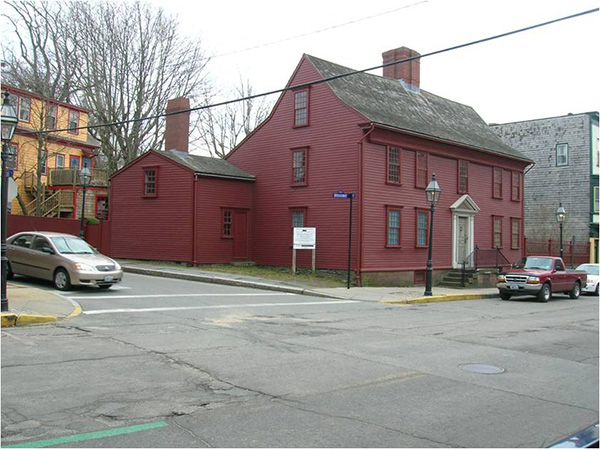
Wanton Lyman Hazard House
Old State House (Built 1739, landmarked 1960)

Old State House
Trinity Church (Built 1743, landmarked 1968)
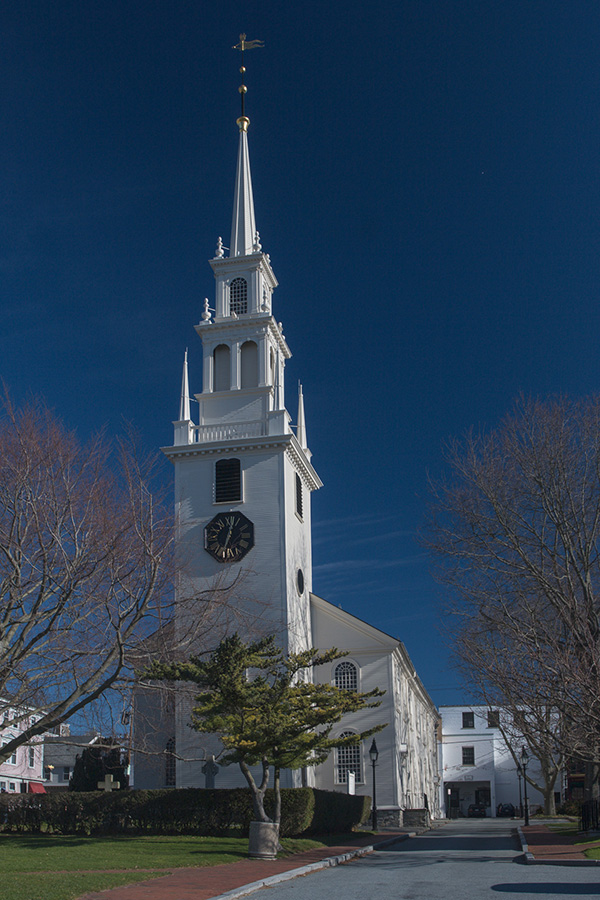
Trinity Church
Redwood Library (Built 1747, landmarked 1960)

Redwood Library
Hunter House (Built 1748, landmarked 1968)

Hunter House
Vernon House (Built c.1758, landmarked 1968)

Vernon House, photo by Kenneth C. Zirkel
The Brick Market (Built 1763, landmarked 1960)
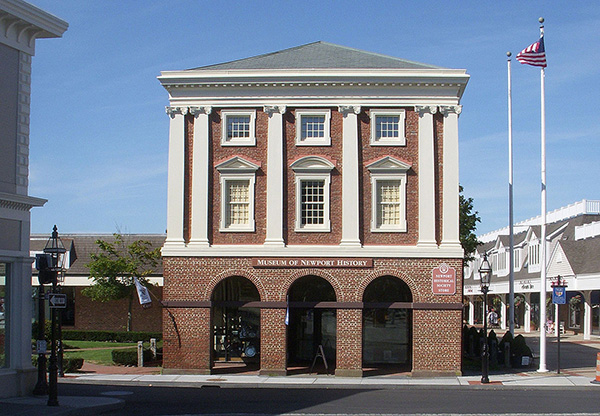
Brick Market
Site of the Battle of Rhode Island (1778, landmarked 1974)
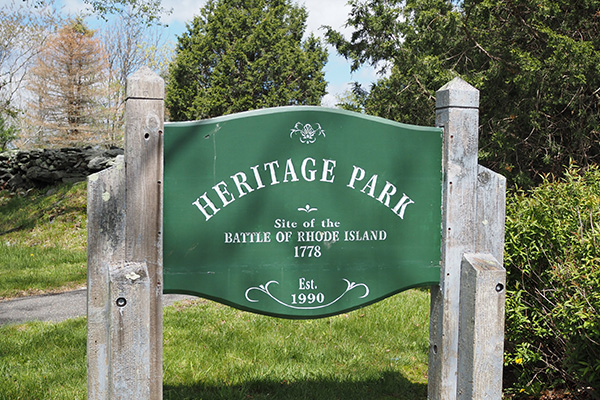
Heritage Park, Battle of Rhode Island
Kingscote (Originally built 1839, landmarked 1996)

Kingscote
Edward King House (Built 1847, landmarked 1970)
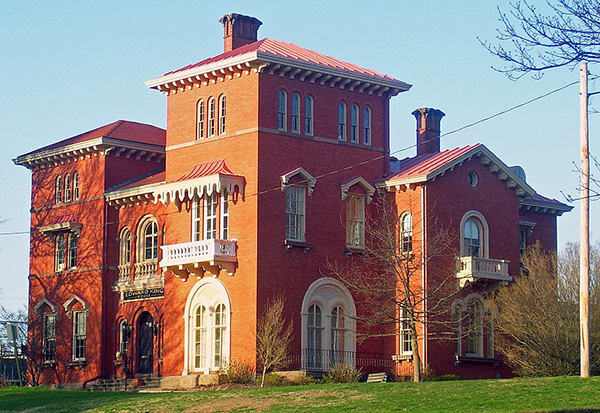
Edward King House, photo by David Case
Chateau-sur-Mer (Originally built 1852, landmarked 2006)
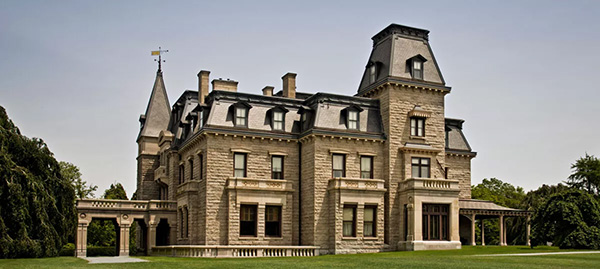
Chateau-sur-Mer, photo from Preservation Society of Newport County
United Congregational Church (Built 1857, landmarked 2012)
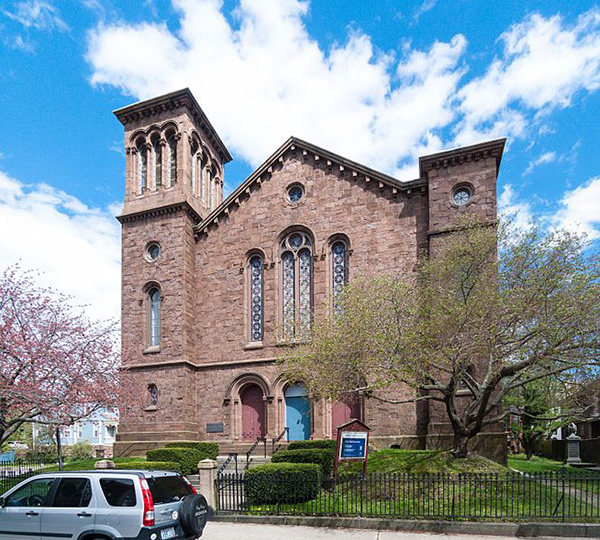
United Congregational Church, photo by Kenneth C. Zirkel
J.N.A. Griswold House (Built 1864, landmarked 2000)
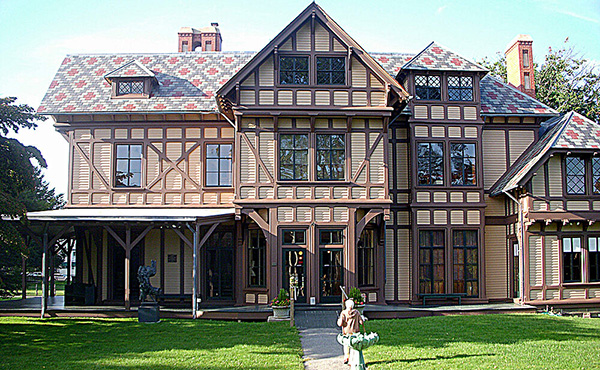
J.N.A. Griswold House
William Watts Sherman House (Built 1875, landmarked 1970)
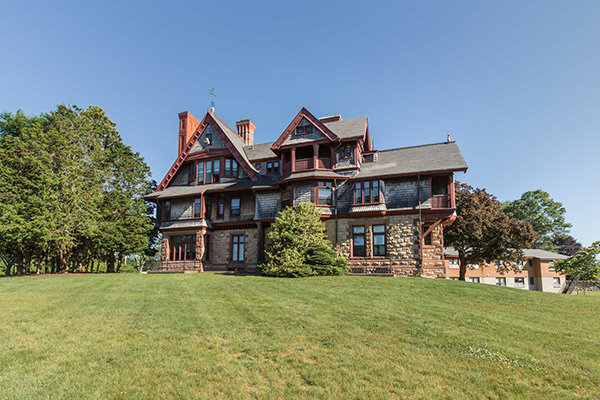
William Watts Sherman House, photo by Maria Burton Photography
Newport Casino (Built 1880, landmarked 1987)

Newport Casino
Isaac Bell House (Built 1882, landmarked 1997)
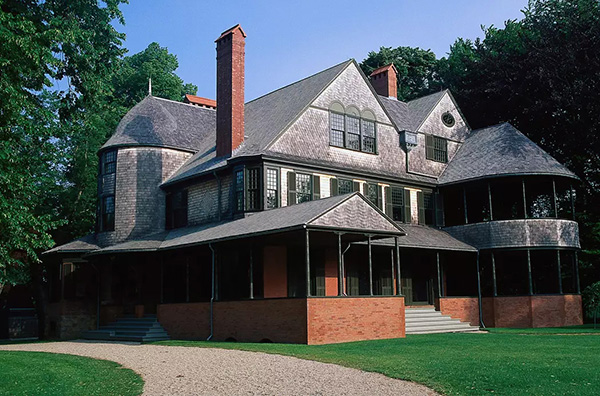
Isaac Bell House
Marble House (Built 1888, landmarked 2006)

Marble House, photo from Preservation Society of Newport County
The Breakers (Built in 1890, landmarked in 1994)

The Breakers
Rosecliff (Built 1901, landmarked 1992)
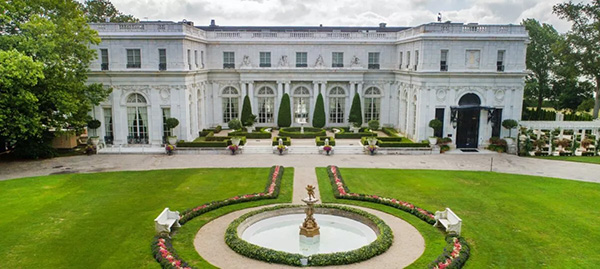
Rosecliff, photo from Preservation Society of Newport County
The Elms (Built 1901, landmarked 1996)
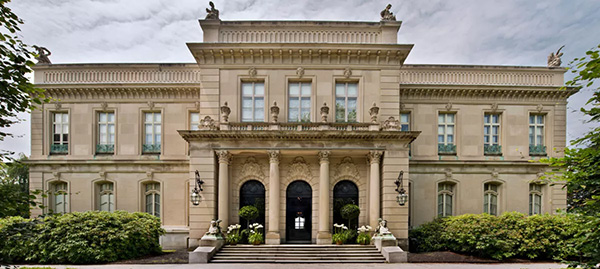
The Elms, photo from Preservation Society of Newport County
In addition to these individually listed landmarks, Newport has 5 historic Districts that are listed as important communities that represent a wide range of American history and culture. They include Colonial areas, neighborhoods of Gilded Age mansions, military fortifications, and a 200-year old educational campus. Each district and collection of structures tells the story of Newport at different periods throughout its history.
Newport’s 5 Landmark Districts include:
The Newport Historic District (Recognized 1968)
The Bellevue Avenue National Historic Landmark District (Recognized 1976)
The Fort Adams National Historic Landmark District (Recognized 1976)
The Ocean Drive National Historic Landmark District (Recognized 1976)
The U.S. Naval War College National Historic Landmark District (1976)
The designation of these landmarks and districts helps to ensure their preservation for future generations. It also allows owners of buildings in these districts that are contributing to access both Federal and State Historic Tax credits to help preserve and renovate their buildings. It also encourages people to learn about the history and culture of Newport. These places are valuable resources both historically and economically not just for the city of Newport, but for the entire country as their national landmark designation confirms.
Ross Cann, RA, AIA, LEED AP, is an author, historian, and practicing architect living and working in Newport, RI. He holds honor degrees in Architectural History and Design from Yale, Cambridge, and Columbia Universities.